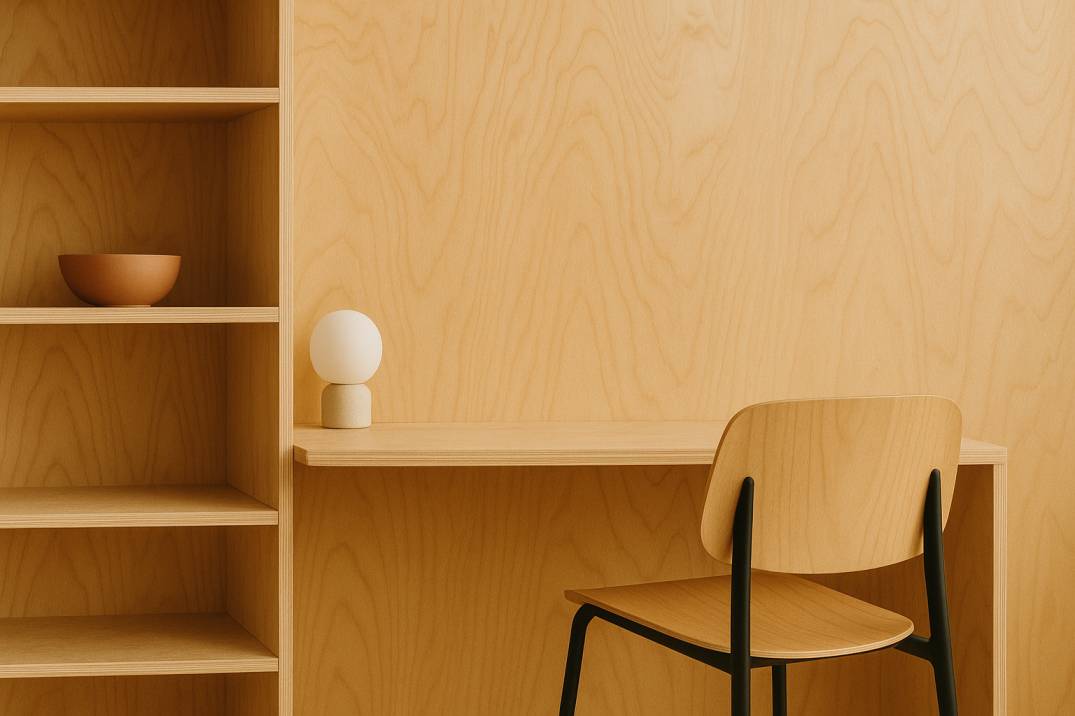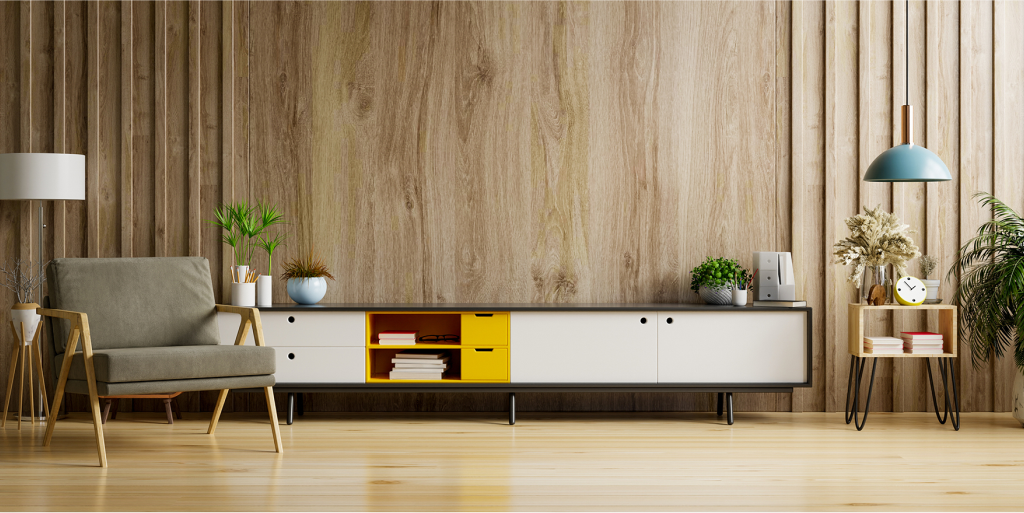
🥇India mein pehli baar - ONLY Calibrated Ply, Life-time guarantee ke saath!

Finding unique, organic, and non-linear shapes is now a big aspect of modern aesthetics in architecture and interior design, which are continually evolving. You can only be innovative with straight lines and hard constructions when you use standard materials. But now there comes a game-changing product that has changed everything. This new material is flexible plywood.
Table of Contents
ToggleFrom smooth curves to modern contours, flexible plywood lets you shape interiors exactly the way you imagined.
There are many benefits to using flexible plywood for tasks that demand curves that aren’t straight.
Discover how flexible plywood helps you bring curved designs to life with no cracks, no splits, and no design limits.
Choosing the right flexible plywood is quite important for making sure your project goes well. You should carefully consider its characteristics and how they will function with your design.
Flexible plywood is more than just a building material; it also inspires designers and woodworkers to do things that are outside of their usual work. When you choose the most flexible plywood for your project, you can make your wildest thoughts come true. Think about things like the bend’s direction, thickness, and core quality. Wigwam Ply is happy to offer flexible plywood that satisfies these high standards. You can be sure that your custom-made items will not only look wonderful, but they will also last a long time.
Wigwam flexible plywood is built for creators who go beyond straight lines with strength, precision, and reliability you can trust.